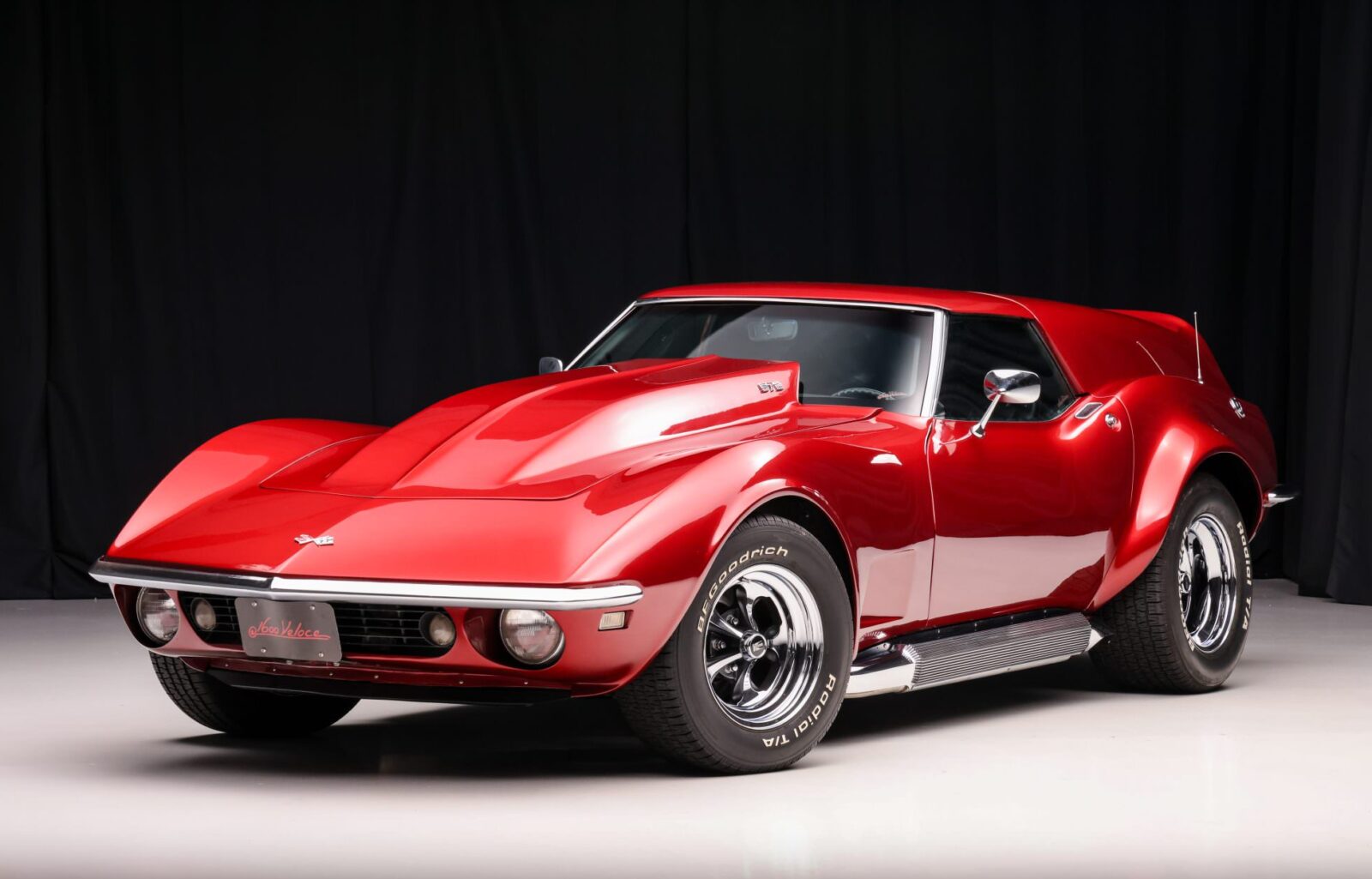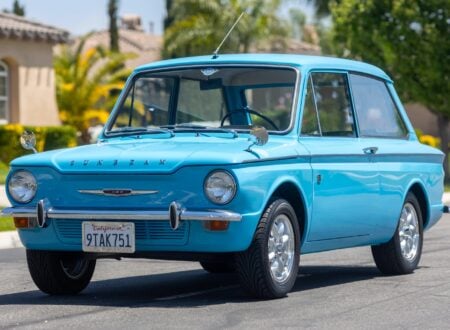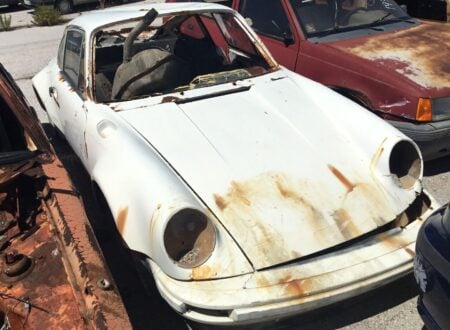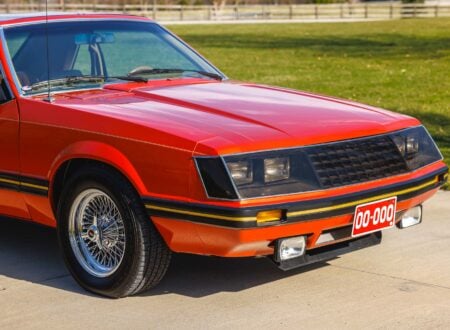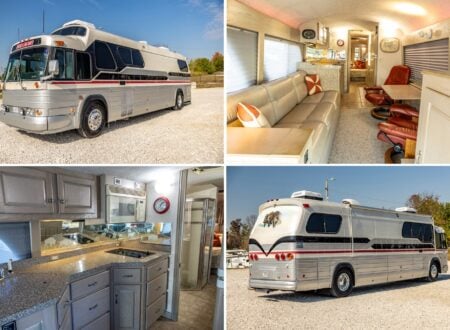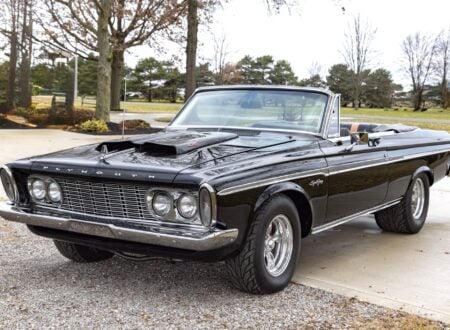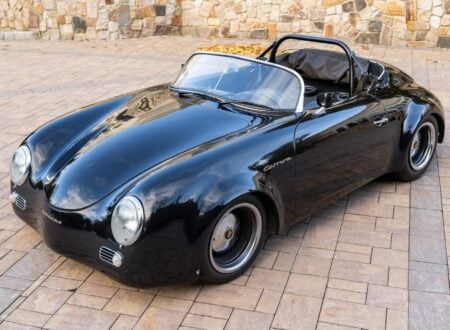This is a rare 1968 Chevrolet Corvette Sportwagon, and if you’ve never heard of this Corvette variant before that’s likely because it wasn’t actually built by Chevrolet.
The Sportwagon is an aftermarket shooting brake conversion that vastly improves the cargo-carrying practicality of America’s favorite sports car. This car is one of the nicest Sportwagons we’ve seen, it’s now powered by a 572 cubic inch ZZ572 V8 that sends power back through a 5-speed manual gearbox to a limited slip rear end.
Fast Facts – The Chevrolet Corvette Sportwagon
- It’s said that the first Sportwagon design was created for a drummer in a rock ‘n roll band who had a Corvette and wanted to be able to fit his drums in the back.
- The Chevrolet Corvette Sportwagon was built using a kit supplied by a small number of manufacturers in the United States, primarily supplied by Chuck Miller, then by John Greenwood in redesigned form.
- The Sportwagon kit included a new fiberglass rear roof section that turned the C3 Corvette into a shooting brake (two-door station wagon), vastly increasing the rear cargo area.
- The Corvette Sportwagon you see here is a little more extreme than most, it’s powered by a 727 bhp 9.4 liter V8, it has a 5-speed manual gearbox, an LSD rear end, and a high-rise cowl-induction hood.
Solving The Corvette’s One Big Problem
The Corvette, for all its acclaim, has never been celebrated for its cargo space. It is, after all, a dedicated sports car, designed to prioritize performance over practicality. Yet, in the late 1960s and early 1970s, an interesting trend emerged. A small number of enthusiasts, people who wanted both the Corvette’s performance and the practicality of functional trunk space, sought to solve the car’s one major issue.
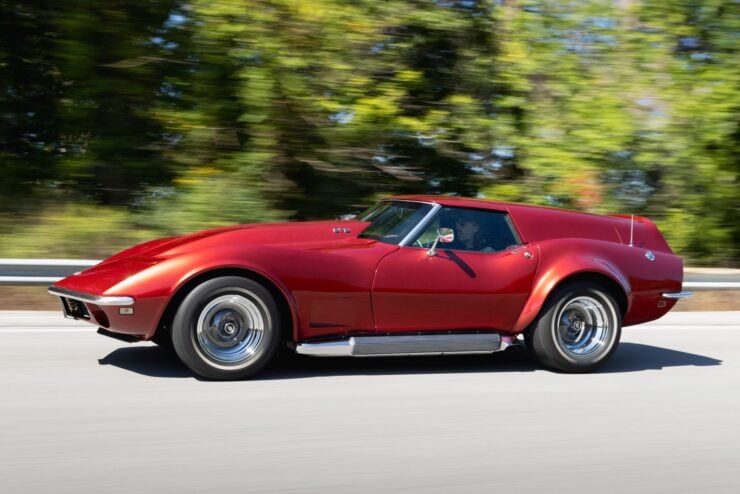

As the story goes, the idea that led to the creation of the Sportwagon was actually conceived of by a drummer in a rock n’ roll band who owned a Corvette and wanted space to carry his drums.
The man his discussed this issue was Chuck Miller, to his credit Miller set to work and solved the problem by developing a fiberglass rear end that would turn the Corvette into a shooting brake – essentially a two-door station wagon.
A later design was developed by Corvette specialists Burt and John Greenwood of Greenwood Corvettes. They spent some time reworking the aesthetics and the functionality of the rear end, better integrating it and adding a very useful hatchback rear end – the trunk space could now be accessed through the rear of the car.
This radical transformation granted the Corvette significantly increased cargo capacity, transforming it from a weekend sports car into something that could potentially be used for long road trips or even humdrum grocery runs.
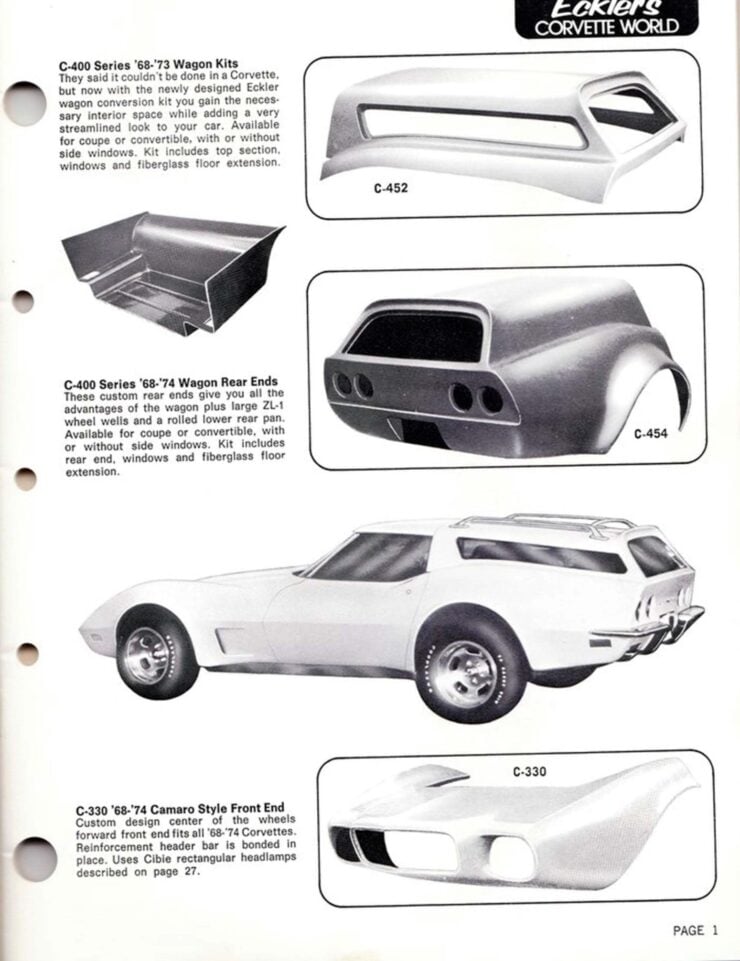

Visually, the Greenwood Sportwagon was a head-turner. While the front retained its original C3 Corvette front end, the rear now had a sleek European shooting brake design that was very well integrated into the car’s overall styling. it should be noted that not everyone loves the look of the Sportwagon – it seems to be one of those cars with the ability to divide people into two very distinct love/hate camps.
No one knows exactly how many were made as they were largely sold as kits and built by individuals. When they do come up for sale they tend to attract more attention than the regular C3 Corvette for obvious reasons.
The 1968 Chevrolet Corvette Sportwagon Shown Here
The car you see in this article started life as a relatively standard 1968 Corvette convertible, it wasn’t until much later in its life that it was converted into the car it is today – one of the best examples of the Corvette Sportwagon we’ve seen.
The original soft top is now long gone, replaced by an original Eckler shooting-brake Sportwagon roof with a removable roof panel over the driver and passenger. A pair of matching rear fender flares have also been added, along with a high-rise cowl-induction hood that was needed to allow the new engine to be shoehorned in underneath.
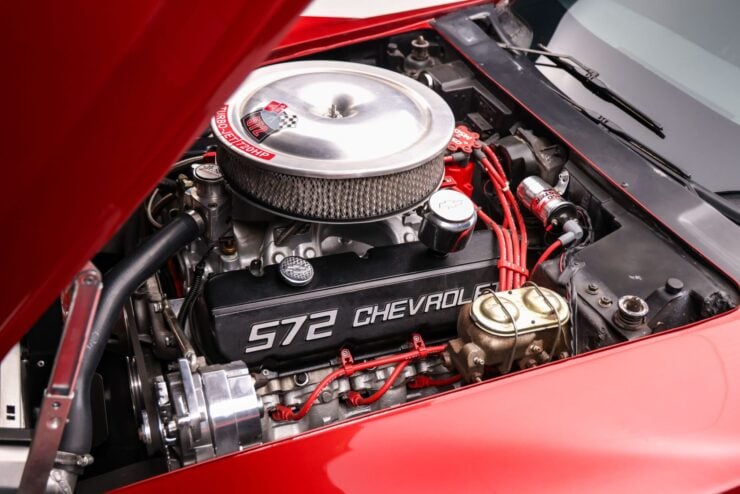

Power is provided by a 572 cubic inch (9.4 liter) General Motors ZZ572/720R crate engine producing 727 bhp at 6,300 rpm and 680 lb ft of torque at 6,800 rpm. This is sent back through a Hurst-shifted Richmond Gear 5-speed manual transmission with a Powergrip HD clutch from Ram Clutches and into a Positraction limited-slip diff rear end.
727 bhp is vastly more than even the most powerful C3 Corvette ever had, in fact it’s close to twice the power of Formula 1 cars from 1968, with the Ferrari 312 F1-68 making a meagre-by-comparison 410 bhp.
The car now rides on Series 32 Keystone 15″ chrome wheels with BFGoodrich Radial T/A white-letter tires fitted, the sizes are 245/60 up front and a far wider 295/50 is installed at the rear in the hopes of getting as much of that horsepower to the ground before spinning.
Four wheel disc brakes have also been fitted, though it’s worth noting that they’re unassisted, so you won’t want to be skipping leg day at the gym. The interior of the car is tastefully finished in all black, it has an original Corvette three-spoke steering wheel and that distinctive white Hurst gear knob.
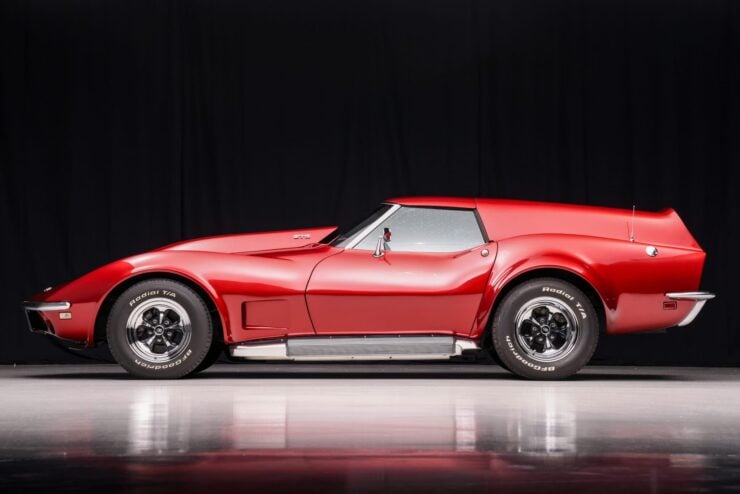

The engine is said to have been rebuilt in 2013 and it’s fitted with an aluminum single-plane intake manifold that has a 1,150 cfm Dominator carburetor bolted to the top along with an open-element air filter. The exhaust exits through cast-iron exhaust manifolds out into dual chrome side pipes.
The car is now listed on Bring a Trailer, it’s selling out of North Salem, New York with a clean New Jersey title as well as build records, parts literature, and some period publications. If you’d like to read more about it or register to bid you can visit the listing here.
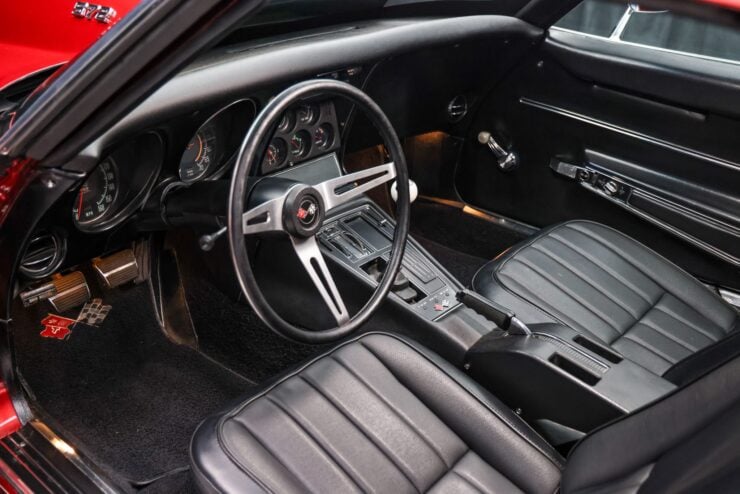
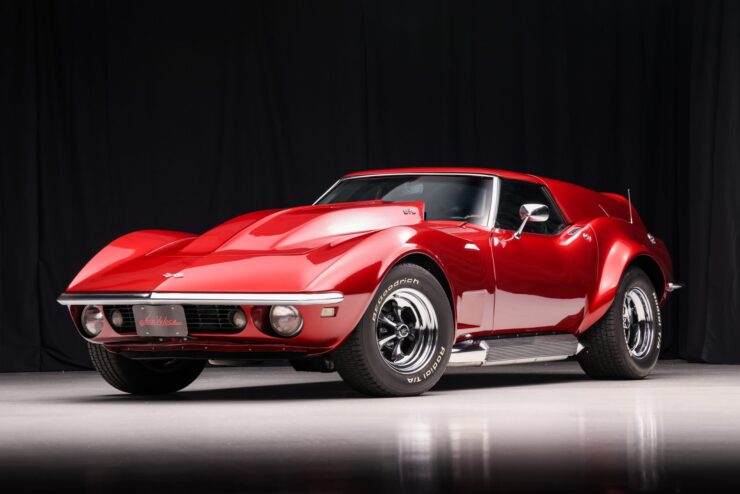
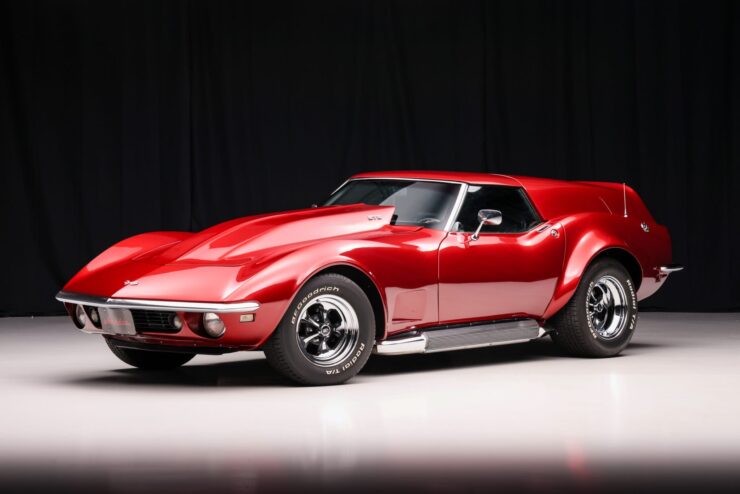
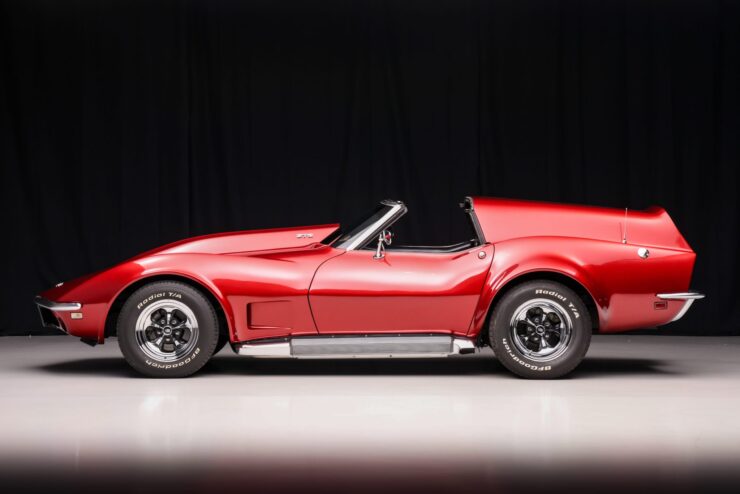
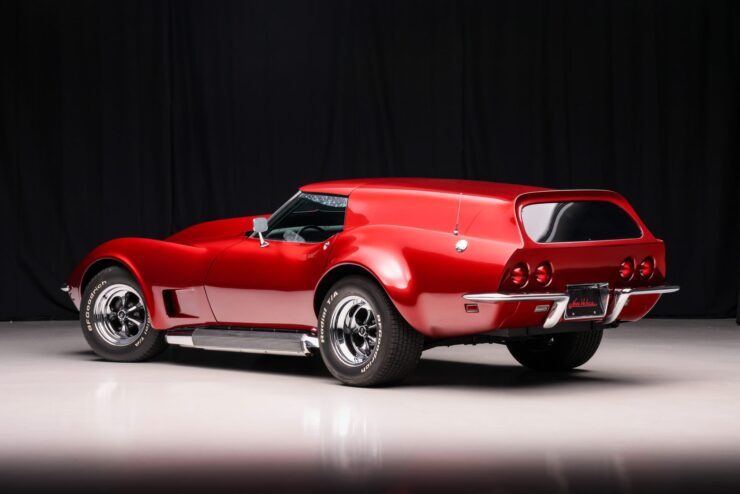

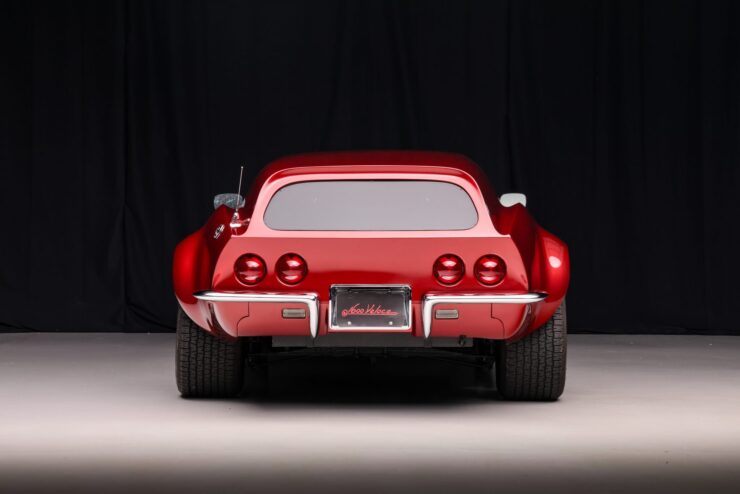
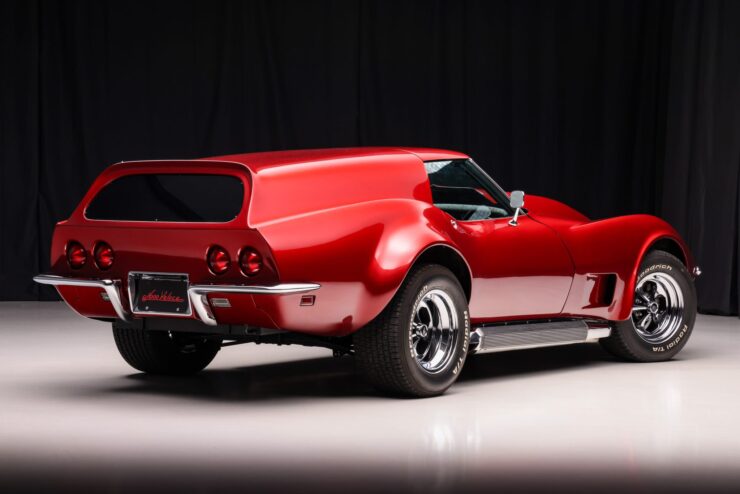
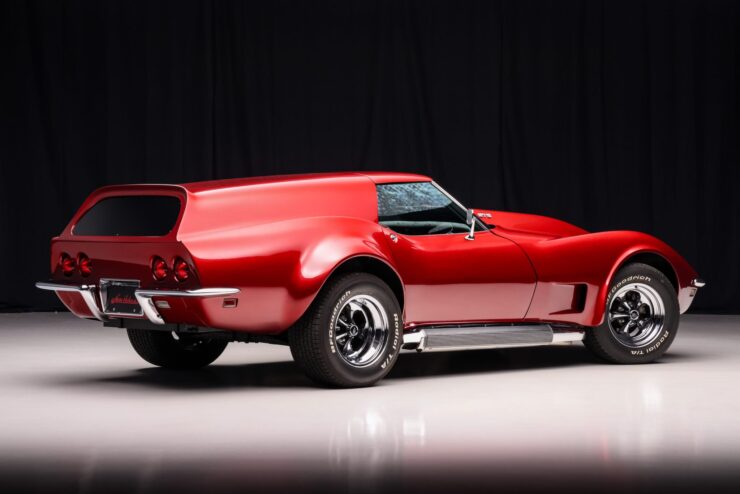
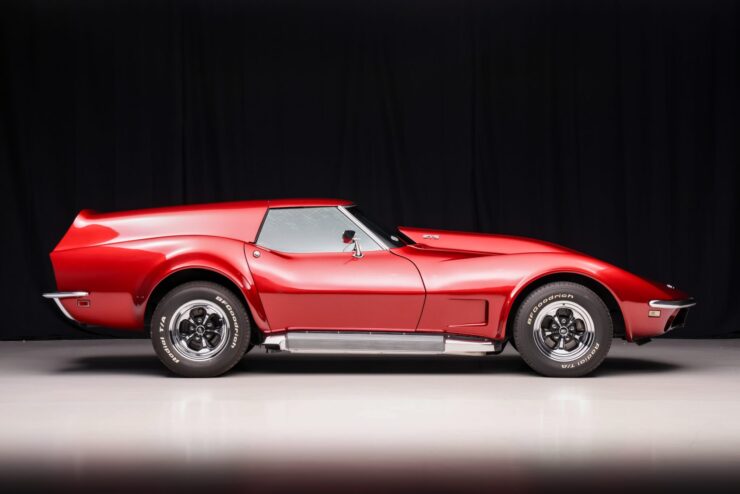
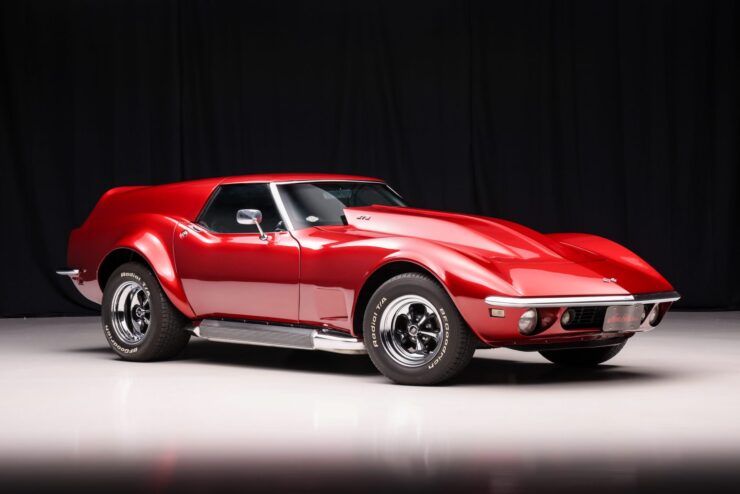
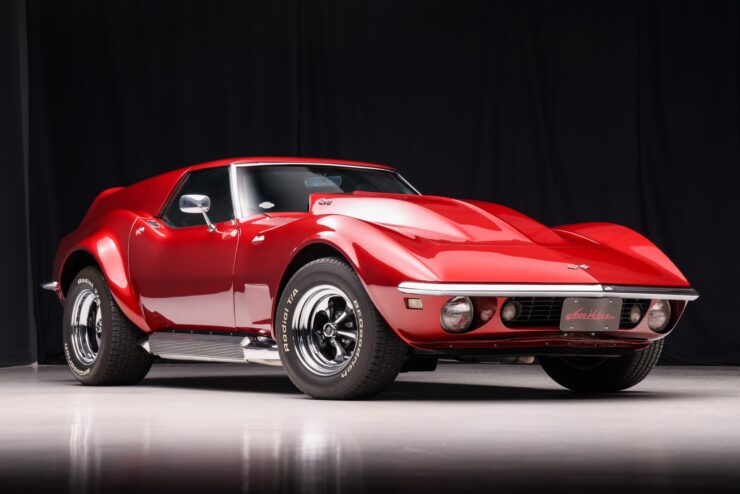
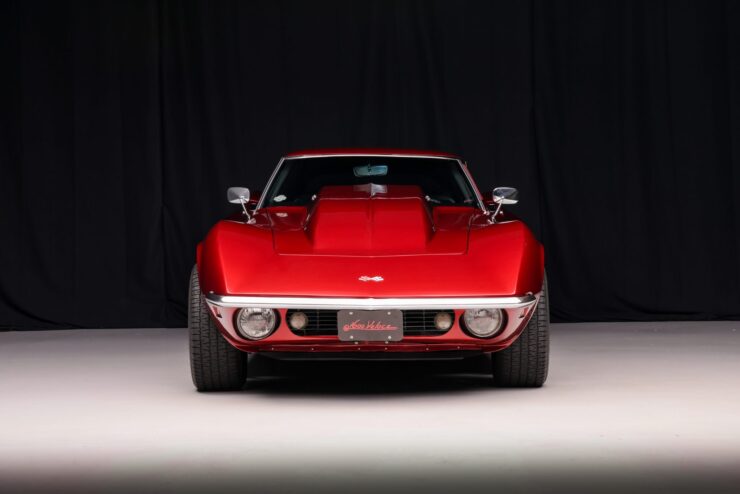
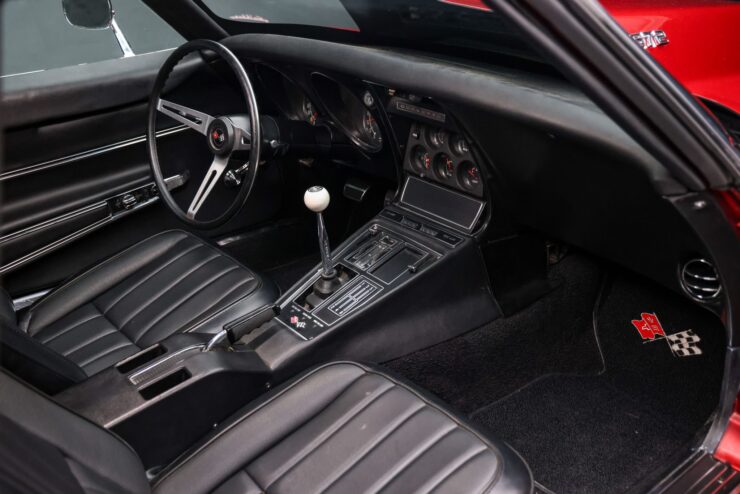
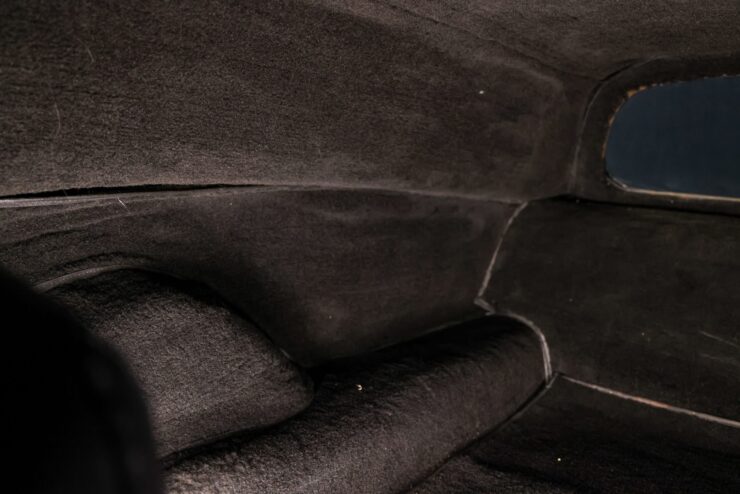
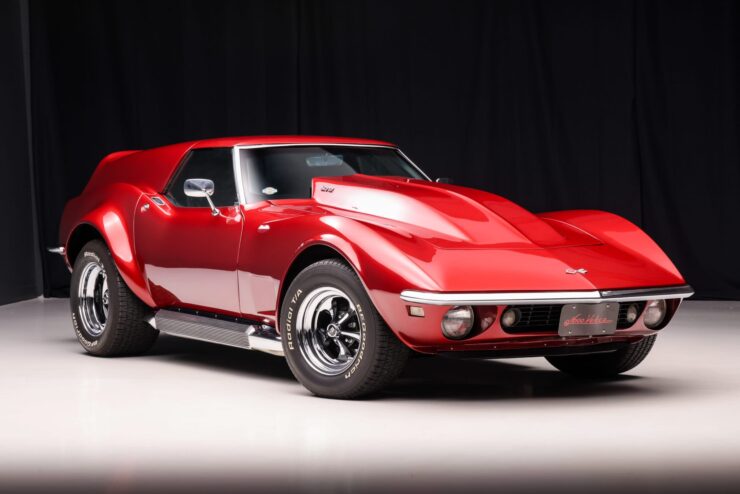
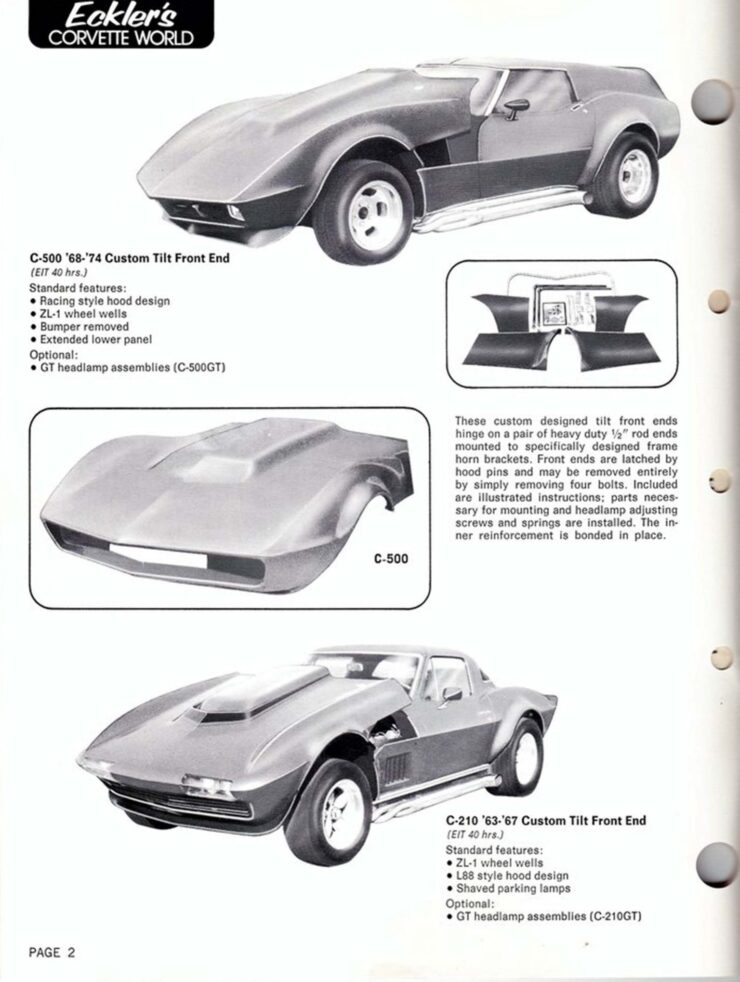
Images courtesy of Bring a Trailer

